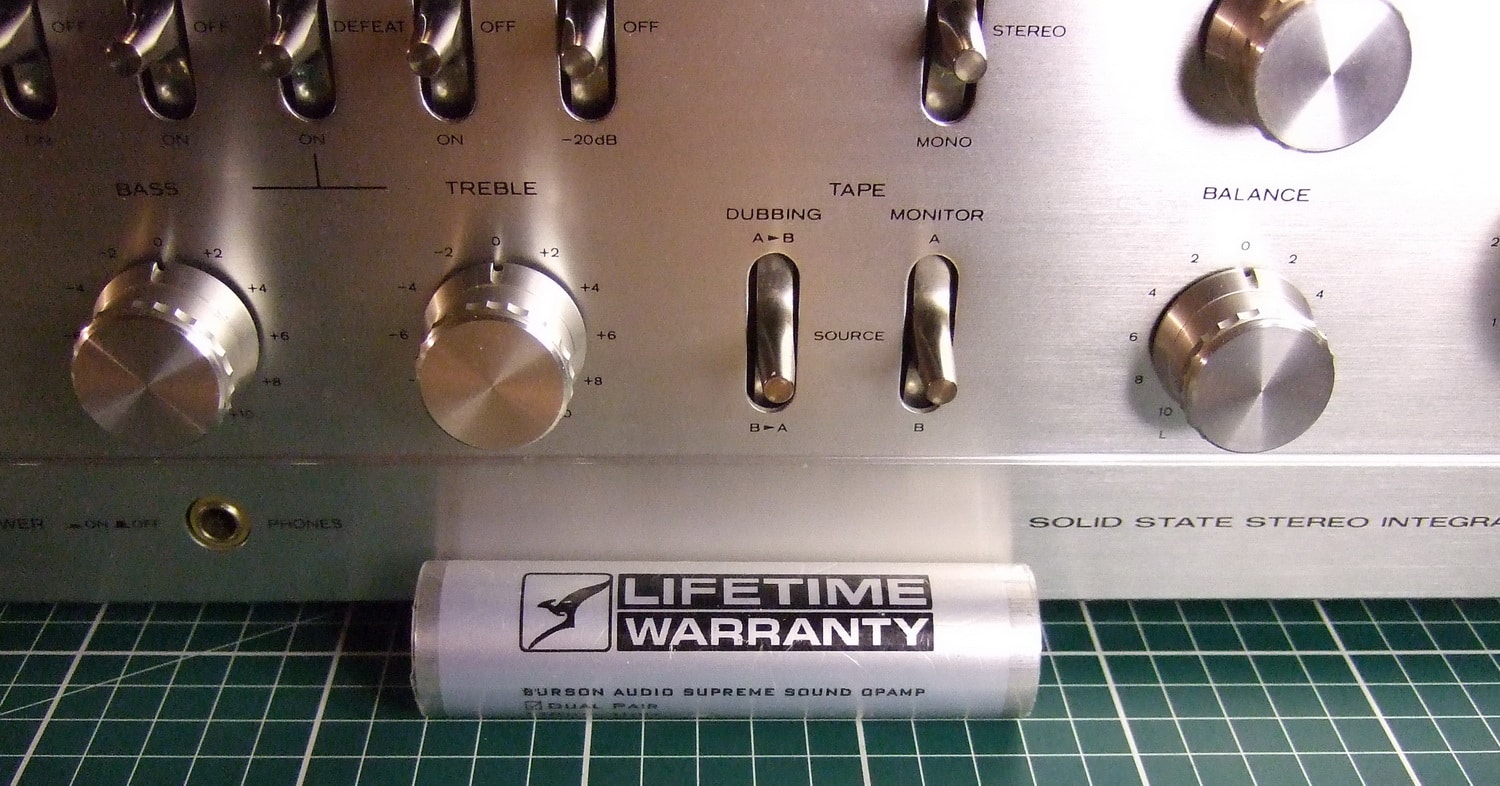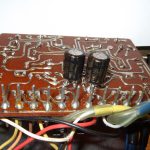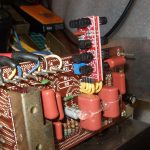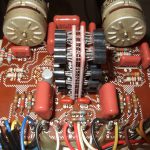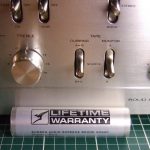I’ve used Burson Supreme Sound OpAmps to upgrade a very nice audio gear – the old-school classic Japanese integrated amplifier Kenwood KA-4006, made circa 1972-1974. Many enthusiasts love this amplifier for warm sound, marvelous exterior and exceptional quality of chassis. Originally the amplifier has two JRC4558 opamps with round body, rare nowadays. One was on the tone/preamp board, operating at +/- 9V and the second in the phono section, operating at +/- 13V.
First try was an epic fail. I replaced opamps and obtained a total silence. No signal at all. It was my fault, I hadn’t read the datasheet. Dual Burson Supreme Sound OpAmps V4 are rather greedy for power – the quiescent current is 40 mA for each VDC and VCC shoulder. For comparison: JRC4558 supply current is only 2.3mA (typ). So I overlooked that original +/- 14V supply stage was a simple parametric stabilizer consisting of two resistors and two zeners. It was too feeble to provide needed current. Due to lack of time I putted two Burr Brown-Brown OPA2134 to keep amplifier operative and paused the project for a long time.
Now I added a separate stabilized power supply circuitry for Burson OpAmps and the machine runs “from the first kick” Power coupling caps are now BlackGate shunted with 0.1uf foil capacitors. I should mention that FET’s in Burson OpAmps are warm, and those in the phono section with higher ps voltage (+/-13V) are almost hot. But I think it’s normal since the maximum supply voltage per datasheet is 20V.
Listening experience: you should consider that Burson OpAmps need at least 100 hours to burn in. Every hour during break in they blossom out more and more and start to “breathe”. Sound gets more smooth and flowing revealing new micro details. Bass is smoother but punchy and more outlined. Vocals are more vivid but still warm and natural. So, whereas Burson discrete OpAmps are the most expensive opamp on earth they are worth to get. Great Choice!
Michael O (USA)

